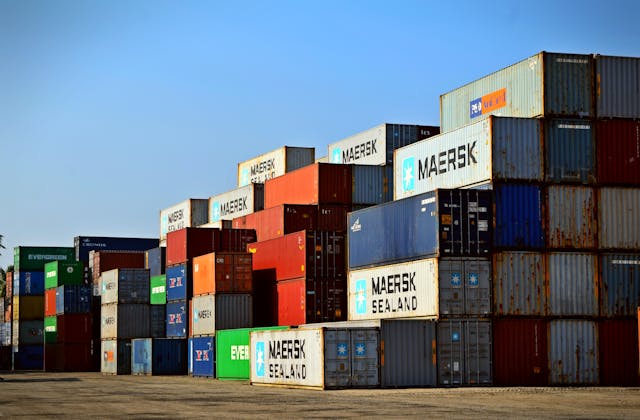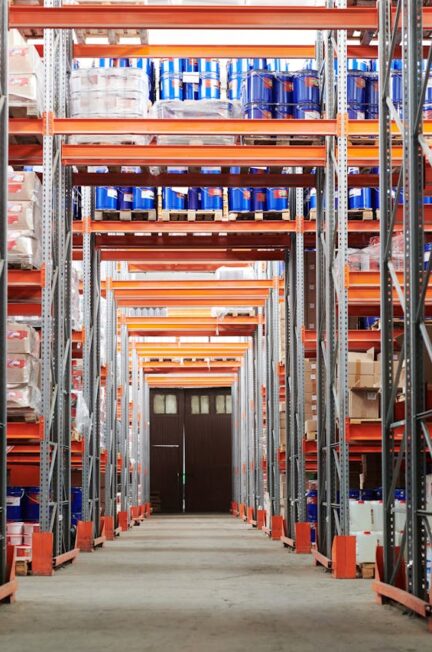Choosing the right mode of transport for delivering your goods is crucial. The way you transport your products affects costs, delivery times, and even your environmental footprint. Are you a merchant or manufacturer trying to figure out the best transport option?
This article will help you compare different transport modes and make the best choice for your needs.
I – Criteria for choosing the right transport mode
1 – Delivery time
Different modes of transport have varying delivery times. Air freight is the fastest, while sea freight usually takes the longest. How quickly do you need your goods delivered? To select the right mode of transportation, consider whether speed is crucial for your business or if you can afford longer transit times.
2 – Cost
Costs vary significantly between transport modes. Air freight is usually the most expensive, while shipping by sea tends to be more affordable for large quantities. Don’t forget to factor in additional costs such as insurance, taxes, and handling fees. Calculate your budget and compare it with the transport options.
3 – Environmental impact
Every mode of transport has a different environmental footprint. Air freight has a high carbon footprint, while rail and sea transport are generally more eco-friendly. If sustainability is important to you, consider the environmental impact of your transport choices and look for ways to reduce it.
4 – Type of goods
The nature of your goods affects the choice of transport. Perishable items, fragile goods, or hazardous materials may require special handling. Ensure the mode of transport you choose can meet these requirements. For example, temperature-sensitive items are best transported by air or specialized refrigerated trucks.
II – Most common transport modes

1 – Train
Trains are an excellent choice for transporting large volumes of goods, especially over long distances. They are known for being cost-effective, particularly when dealing with bulk shipments.
Additionally, trains have a lower environmental impact compared to air freight, making them a more sustainable option. They are particularly well-suited for moving goods across countries or even continents, as their capacity allows for the efficient handling of substantial quantities.
However, trains do have their drawbacks. They offer less flexibility compared to other modes of transport, with generally longer transit times. This makes them less ideal for urgent deliveries or scenarios requiring high levels of speed and flexibility. Trains are best utilized for scheduled shipments of bulk items, such as raw materials or finished products being transported between major cities.
2 – Airplane
Air freight stands out for its speed, making it the fastest method of transporting goods.
This rapid transit is particularly advantageous for urgent shipments and for items that are high-value or time-sensitive. Airplanes are an excellent choice when quick delivery is crucial, such as with electronics, pharmaceuticals, or perishable goods that cannot afford long transit times.
On the other hand, air transport comes with significant costs and a higher environmental impact compared to other modes.
The expense of air freight can be considerable, and there are also restrictions on the weight and size of the cargo that can be accommodated. Despite these limitations, air freight remains the go-to option for fast, high-priority deliveries.
3 – Truck
Trucks provide a high level of flexibility, offering door-to-door delivery which is ideal for local and regional transport. They are relatively cost-effective for shorter distances and can handle a variety of cargo types. Trucks are particularly useful for deliveries that require frequent stops or where flexibility in scheduling and routing is needed.
However, trucks are less efficient for long-distance travel compared to other transport modes. They can also contribute to higher carbon emissions and are subject to delays due to traffic conditions.
4 – Sea Freight
Sea freight is a cost-effective solution for transporting large volumes of goods, particularly when dealing with international trade. The method is more environmentally friendly than air freight, with a lower carbon footprint, which is beneficial for companies looking to reduce their environmental impact.
Sea freight is well-suited for bulk shipments of non-perishable items, such as containers of manufactured goods or raw materials.
The primary disadvantage of sea freight is its longer transit times. Shipments can be delayed by weather conditions and other maritime factors. Additionally, sea freight involves handling at ports, which can add complexity and time to the logistics process.
III – Optimizing your transport choice

1 – Combine Different Transport Modes
Combining various transport modes, a strategy known as multimodal transport, can greatly enhance efficiency and cost-effectiveness. For instance, if you need to deliver goods urgently, you might choose air freight for the initial leg of the journey, given its speed. Once the goods arrive at a major hub, you could switch to sea freight or road transport for the final delivery. This method leverages the speed of air transport while taking advantage of the cost-effectiveness of sea or road transport.
The benefits of multimodal transport are significant. It offers cost efficiency by balancing the high costs of air freight with the more economical options for longer distances.
2 – Optimize transport routes
Planning and optimizing transport routes is essential for minimizing distances and reducing fuel consumption. Using route optimization software can help identify the most efficient paths, taking into account factors such as traffic conditions, road types, and delivery windows. This approach not only helps in cutting costs but also improves delivery times and enhances customer satisfaction.
For instance, tools like Google Maps can aid in route planning, while specialized software such as Route4Me and OptimoRoute offer real-time traffic updates and suggest optimal routes. By adopting such technologies, you can ensure that your transport operations are both cost-effective and timely.
3 – Use Transport Management Systems (TMS)
A Transport Management System (TMS) is essential for effective logistics management. TMS solutions provide tools to track shipments, optimize routes, and control costs. These systems offer real-time visibility into the location and status of shipments, helping you manage issues promptly and keep customers informed.
Additionally, TMS platforms assist in route optimization by analyzing various factors like traffic and delivery schedules to determine the most efficient paths. They also help in managing transportation expenses by analyzing cost components and identifying potential savings.
Conclusion
Choosing the right transport mode for delivering your goods involves weighing factors like cost, delivery time, and environmental impact. By understanding the strengths and limitations of each mode, you can make informed decisions that align with your business needs and goals. Evaluate your options, consider your priorities, and select the transport solutions that will help you deliver efficiently and sustainably.
Ready to optimize your transport strategy? Start analyzing your needs and explore the best options to improve your delivery operations.
Image by Tiger Lily on Pexels



